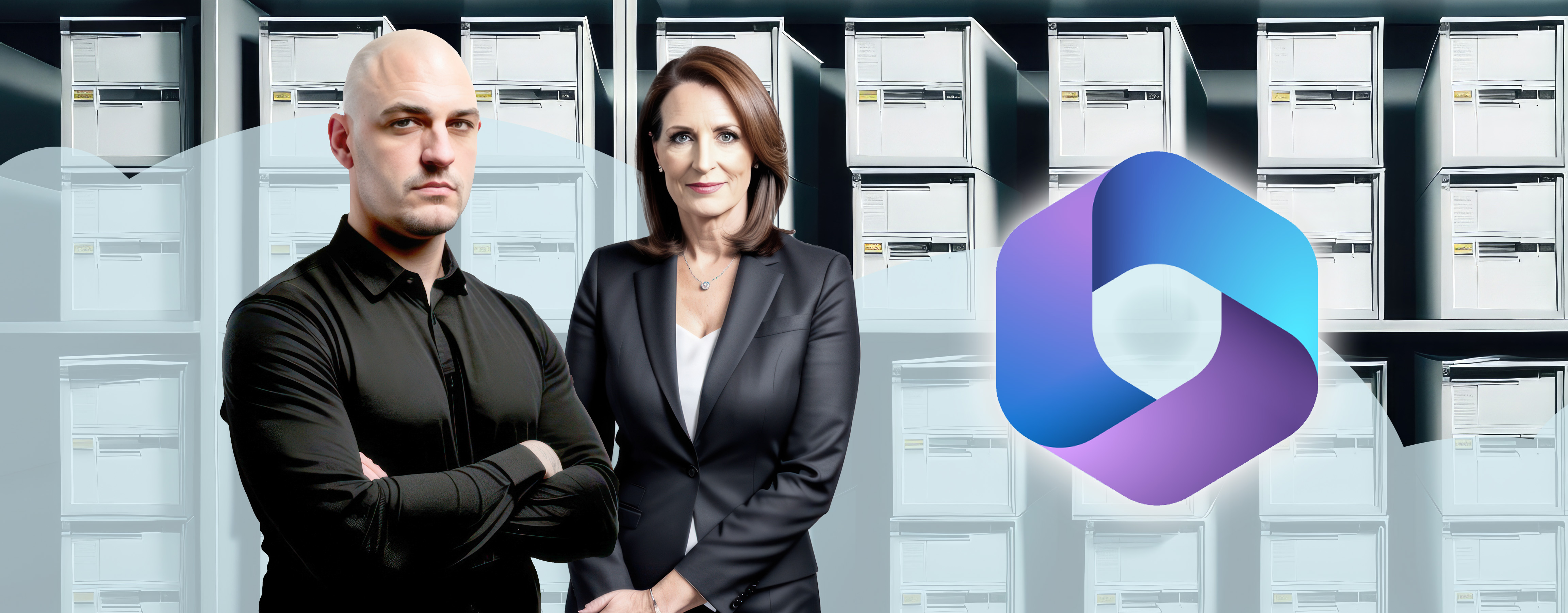We’re excited to share some significant news with our valued customers, partners, and followers. Since the inception of CompanyNet, we’ve committed to growth, innovation, and the continual pursuit of serving our clients better. Today marks a new chapter in our journey since the acquisition of CompanyNet by Core Technology Systems in 2022 — one that embraces the heritage of our past and the exciting future we are building together with Core.
In the spirit of evolution and unity, we are proud to unveil a refreshed visual identity for CompanyNet: a new logo that aligns harmoniously with the Core brand. This change is a symbol of our unified operations, values, and vision, within the expanded Core group of companies. We wish to assure you that while our look is new, our name, CompanyNet, remains the same, as does our unwavering commitment to our customers and the focus on our services and products.










